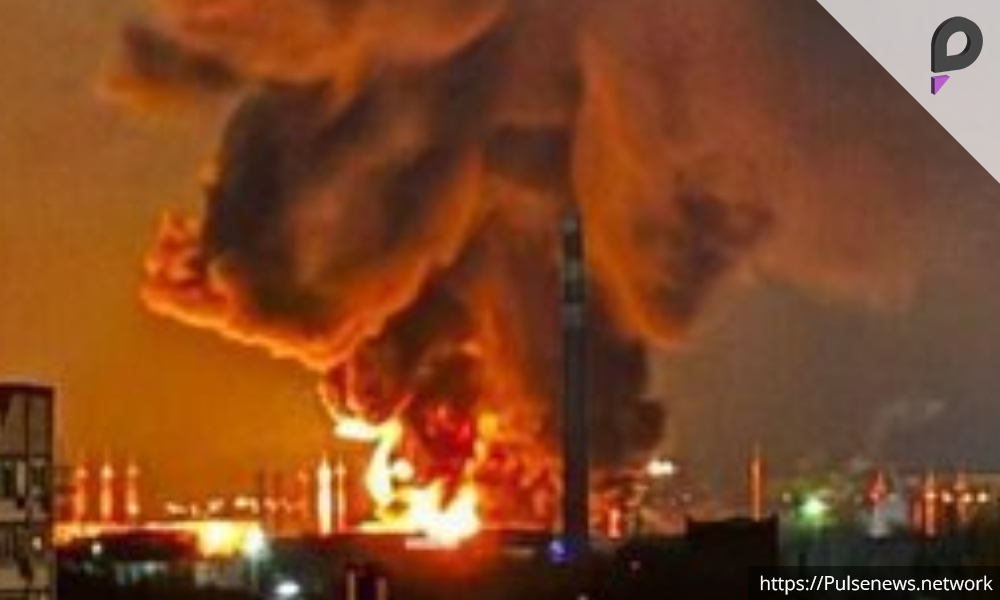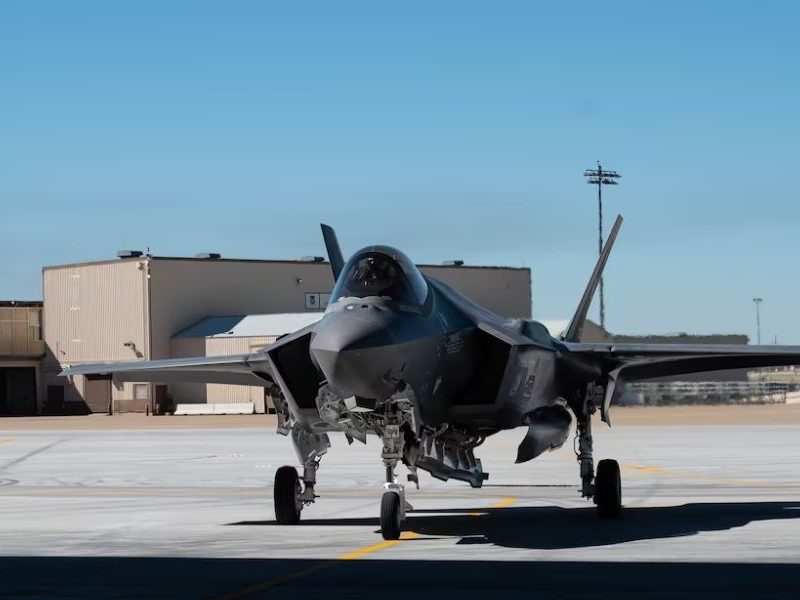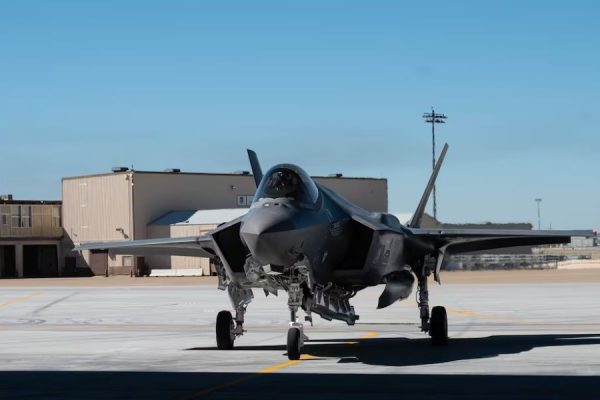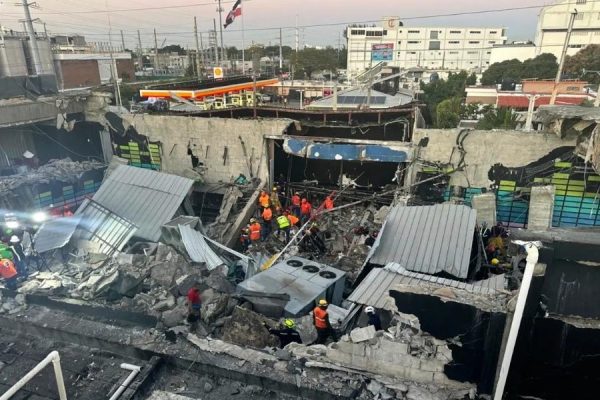The Engels-2 airfield is home to Russia’s strategic bomber fleet, used in strikes against Ukraine.
Images showed massive flames and smoke billowing from the Kombinat Kristall oil depot after the strike.
Ukrainian officials said the attack significantly disrupted Russian logistics and reduced its ability to strike Ukraine.
Damage and Strategic Implications
The fire at the oil depot poses major challenges for Russian military aviation operations.
Ukraine’s military claims the strike hampers Russian forces from targeting Ukrainian cities and civilian infrastructure.
The Saratov governor confirmed a “massive” drone attack caused damage at an industrial site, which Ukraine identified as the depot.
Russia’s defense ministry reported intercepting 23 Ukrainian drones but acknowledged damage in the Saratov region.
Long-Range Drone Strikes Intensify
This attack is part of Ukraine’s strategy to target Russian logistics and weapon stockpiles deep inside Russian territory.
Kyiv has increasingly relied on long-range drones to strike fuel depots and disrupt military operations.
Ukraine said the drones used in the attack were domestically made, demonstrating growing technological capabilities.
Wednesday’s strike is not the first on Saratov, but previous attacks were mostly thwarted by Russian air defenses.
Ongoing Conflict and Counterattacks
The Engels-2 strike follows Ukraine’s renewed counteroffensive in Russia’s Kursk region after reclaiming territory last summer.
Russia intercepted 11 drones over Saratov and four over Kursk during Wednesday’s attack, the defense ministry said.
Despite interceptions, Ukraine reported “numerous explosions” in the Saratov area, highlighting the strike’s effectiveness.
The conflict continues to escalate, with Ukraine intensifying its efforts to disrupt Russian military operations.












